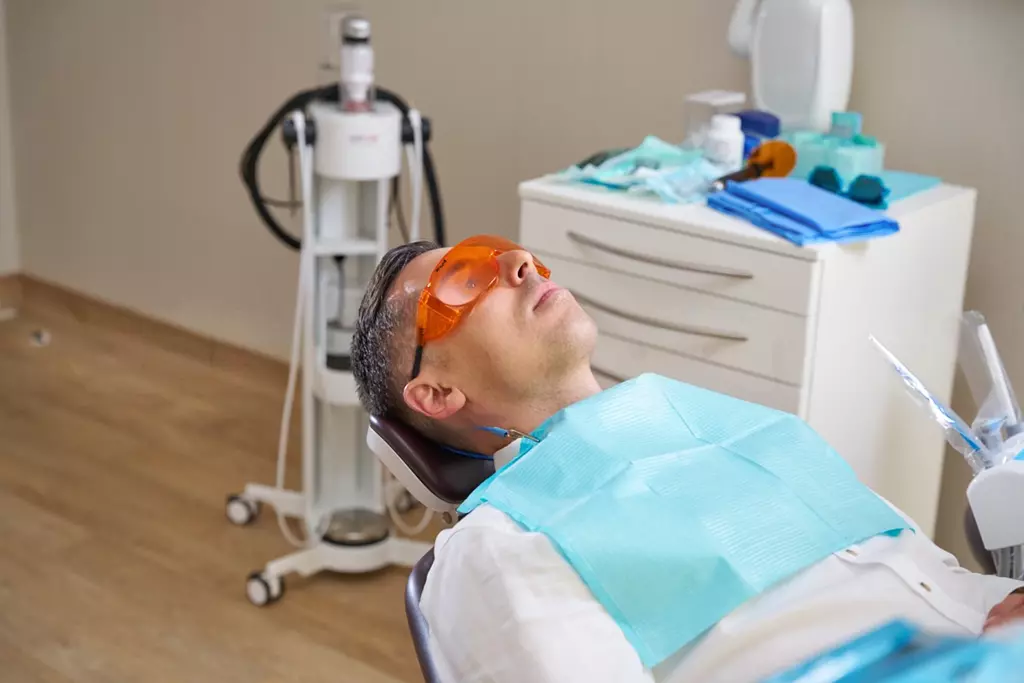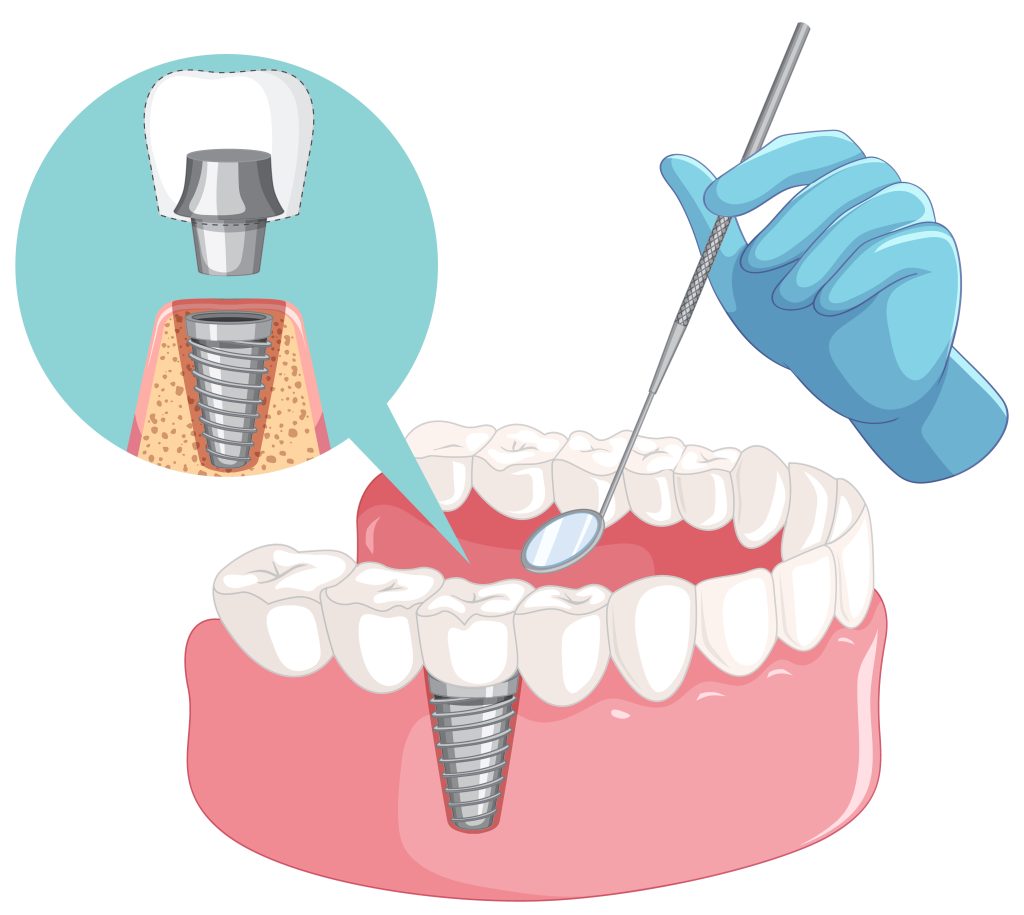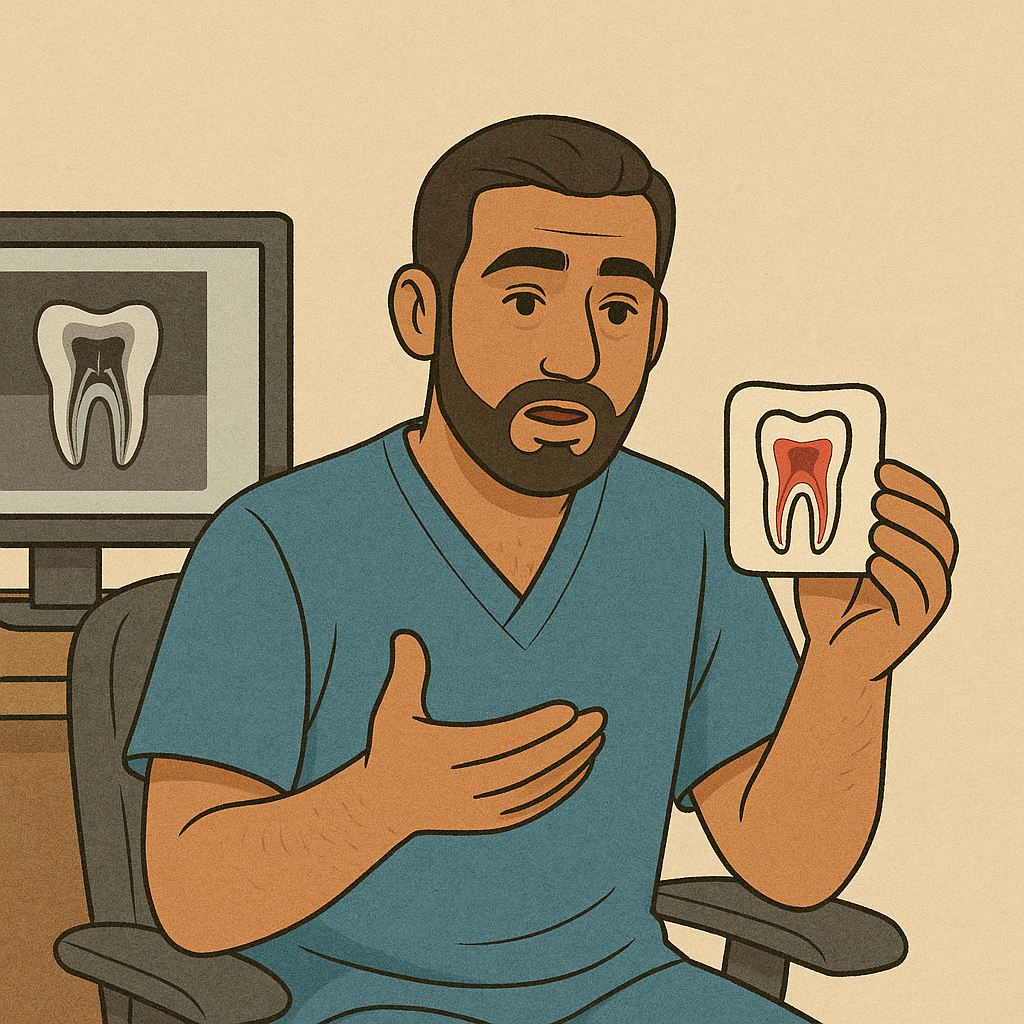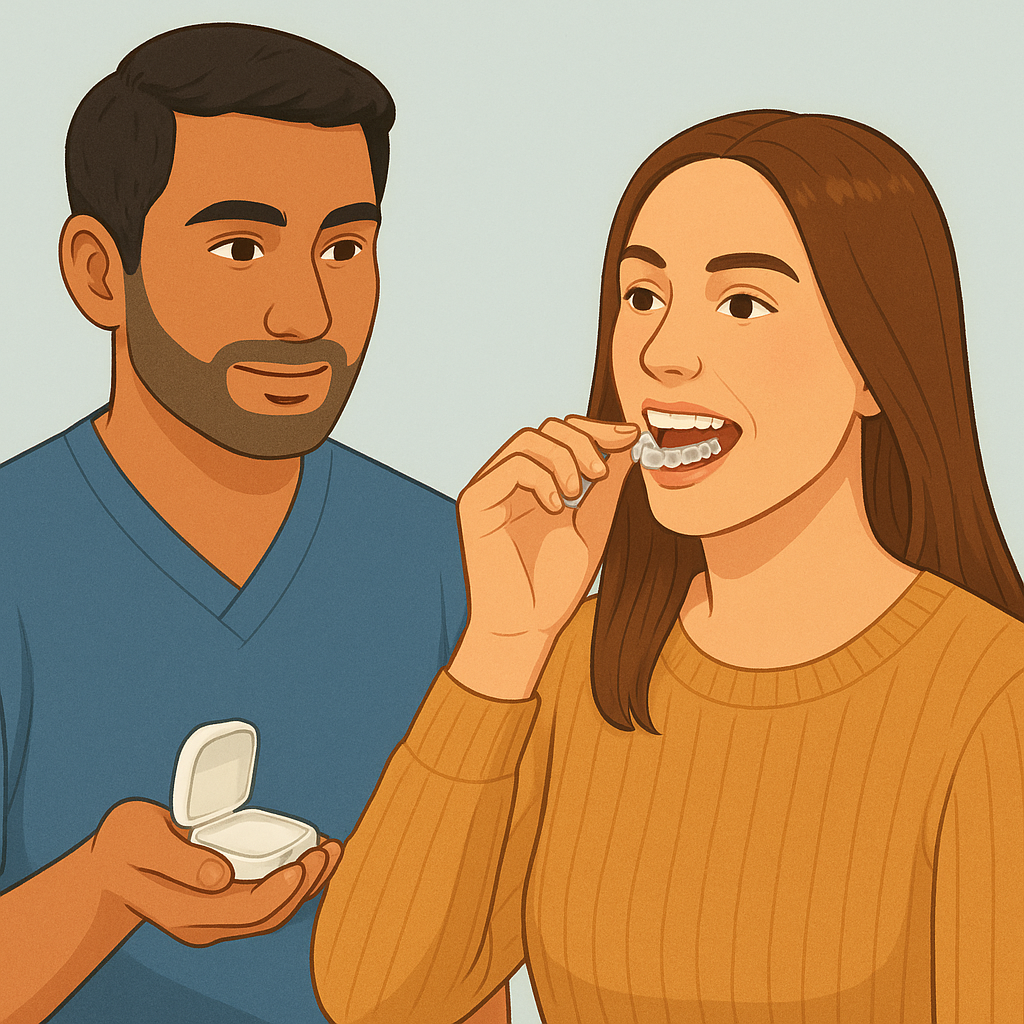Dental Cyst Removal: Causes, Procedure, and Recovery
Causes of Dental Cysts
- Impacted or Non-Erupting Teeth – Wisdom teeth or other unerupted teeth may develop cysts around them.
- Infected Root Canals – Dental infections can lead to cyst formation at the tip of the root.
- Genetic Conditions – Some people are predisposed to developing dental cysts due to inherited disorders.
- Jaw Trauma – Injury to the jawbone can lead to cyst formation.
- Untreated Cavities – Deep decay may contribute to the development of cysts near the tooth roots.
Types of Dental Cysts
- Periapical Cyst – Forms due to infection at the root tip of a dead or infected tooth.
- Dentigerous Cyst – Develops around an unerupted or impacted tooth, often a wisdom tooth.
- Keratocystic Odontogenic Tumor (KCOT) – A more aggressive type of cyst that can recur.
- Residual Cyst – Remains in the jaw after an extraction if the infected tissue is not fully removed.
How Is a Dental Cyst Removed?
1. Diagnosis and Imaging
- The dentist takes X-rays or CT scans to determine the size, location, and type of cyst.
- A biopsy may be performed if the cyst is suspected to be aggressive.
2. Surgical Removal (Cystectomy)
- Local or general anesthesia is administered based on the size and complexity of the cyst.
- An incision is made in the gum to access the cyst.
- The cyst is carefully removed, and surrounding tissues are cleaned.
- If necessary, bone grafting may be performed to repair jawbone damage.
3. Marsupialization (Drainage Procedure for Large Cysts)
- For large cysts, a small opening is created to drain fluid gradually and allow the body to heal over time.
- This method is used when immediate removal is not possible.
What to Expect After Dental Cyst Removal
- Mild Swelling and Discomfort – Can be managed with pain relievers and cold compresses.
- Soft Diet – Eating soft foods for the first few days prevents irritation.
- Oral Hygiene Precautions – Gentle rinsing with salt water or prescribed mouthwash helps prevent infection.
- Stitches Removal – If non-dissolvable stitches are used, they are typically removed after 7-10 days.
- Bone Healing – If a large cyst caused bone loss, full recovery may take several months.
Preventing Dental Cysts
- Regular Dental Checkups – Early detection helps prevent cyst growth.
- Timely Treatment of Infections – Root canals and fillings prevent cyst formation from untreated decay.
- Wisdom Tooth Evaluation – Regular monitoring of impacted wisdom teeth can prevent dentigerous cysts.
- Good Oral Hygiene – Daily brushing and flossing reduce the risk of infections leading to cyst formation.
When to Contact a Dentist
Seek immediate dental care if you experience:
- Persistent swelling or pain near the gums or jaw.
- A visible lump or swelling in the mouth or under the jaw.
- Difficulty opening your mouth or chewing.
- Unexplained numbness in the jaw or face.
- Recurring cysts despite previous treatment.
Conclusion
Dental cyst removal is a crucial procedure to prevent long-term complications such as infection, bone loss, or tooth displacement. If you suspect a cyst, consult your dentist promptly for evaluation and treatment to maintain optimal oral health.
























